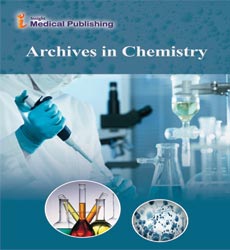Study on uniaxial tensile and creep deformation of structural steel
Abstract
Creep resistant Ferritic-Martensitic steel is considered as a promising structural material for power plant applications. For such steels, intensive research have been carried out in the scientific world to understand the high-temperature deformation mechanism both through uniaxial Constant Strain Rate Test (CSRT) and Creep test at 0.3-0.5Tm. However, very few attempts were made to correlate the effective stress of CSRT with actual creep rate. The present work is an attempt to establish a relationship between these two. To characterize the stress exponent (n) and activation energy (Q) of F92 steel, experiments were carried out via Differential Strain Rate Test (DSRT) and CSRT between strain rate range of (10-5-10-3s-1) and temperatures (400-700â°C). The estimated (n) and (Q) through CSRT were found to be 13 and 600kJ/mol, respectively. To rationalize high obtained values of n and Q, BMD model was used and rationalized values came to be 5 and 236±20kJ/mol, respectively. The values of n and Q were also obtained directly from DSRT and found to be 4±0.2 and 195±2kJ/mol, respectively, which are close to the values obtained from CSRT. These values reported being associated with the climb of edge dislocation deformation mechanism.
Open Access Journals
- Aquaculture & Veterinary Science
- Chemistry & Chemical Sciences
- Clinical Sciences
- Engineering
- General Science
- Genetics & Molecular Biology
- Health Care & Nursing
- Immunology & Microbiology
- Materials Science
- Mathematics & Physics
- Medical Sciences
- Neurology & Psychiatry
- Oncology & Cancer Science
- Pharmaceutical Sciences
